The Best Diet for Menstruation: Tips to Follow

Key Takeways
Your period may be a natural, necessary part of life for women, but that doesn't make it any less trying. That time of the month is challenging for everyone who menstruates, but the cramps, cravings, mood swings, and bloating are not the only reasons.
For centuries, menstruation has been shrouded in mystery and misinformation. It makes it more challenging to deal with, manage, and get proper treatment for menstrual symptoms and related issues like PCOS and endometriosis.
In many cultures, it’s still taboo to discuss openly. However, there’s no reason to be ashamed or embarrassed about menstruation—it’s a natural part of life! But between all the cramps, mood swings, and general fatigue, periods can be a total pain. So it's no surprise that many look for ways to ease their symptoms during their period. One popular way to do this is by adjusting your diet.
When it comes to your menstrual cycle, what you eat can significantly impact how you feel. Following a healthy diet for menstruation, like any healthy diet, will differ for everyone. But it may also differ from your general diet for overall wellbeing or weight loss.
So, what’s the best diet to help with everything from Premenstrual Syndrome (PMS) to menstrual pain? Read on for a few ideas.
What Exactly is a Menstrual Cycle?

Every month, your body goes through a complex series of hormonal changes in preparation for a potential pregnancy. Most women experience four distinct phases in their menstrual cycle: menstruation, ovulation, the luteal phase, and premenstruation.
Here’s a quick rundown on each one. For a more in-depth explanation and to learn how your menstrual cycle impacts your blood glucose levels, read our piece on menstruation here.
Menstruation: Menstruation, or your period, is the first phase of your cycle and typically lasts anywhere from three to seven days. During this phase, the lining of your uterus sheds, and you may experience cramps, bloating, and other PMS symptoms.
The Follicular Phase: The Follicular phase starts on the first day of the menstrual cycle and ends at ovulation. The average length of this phase is around 16 days.
Ovulation: Ovulation is the third phase of your cycle. Ovulation, which is when your ovaries release an egg, is when you’re the most fertile.
The Luteal Phase: The luteal phase is the fourth phase of your cycle and begins after ovulation. During this phase, your body temperature rises, and the uterine lining thickens.
The Best Foods for Menstruation
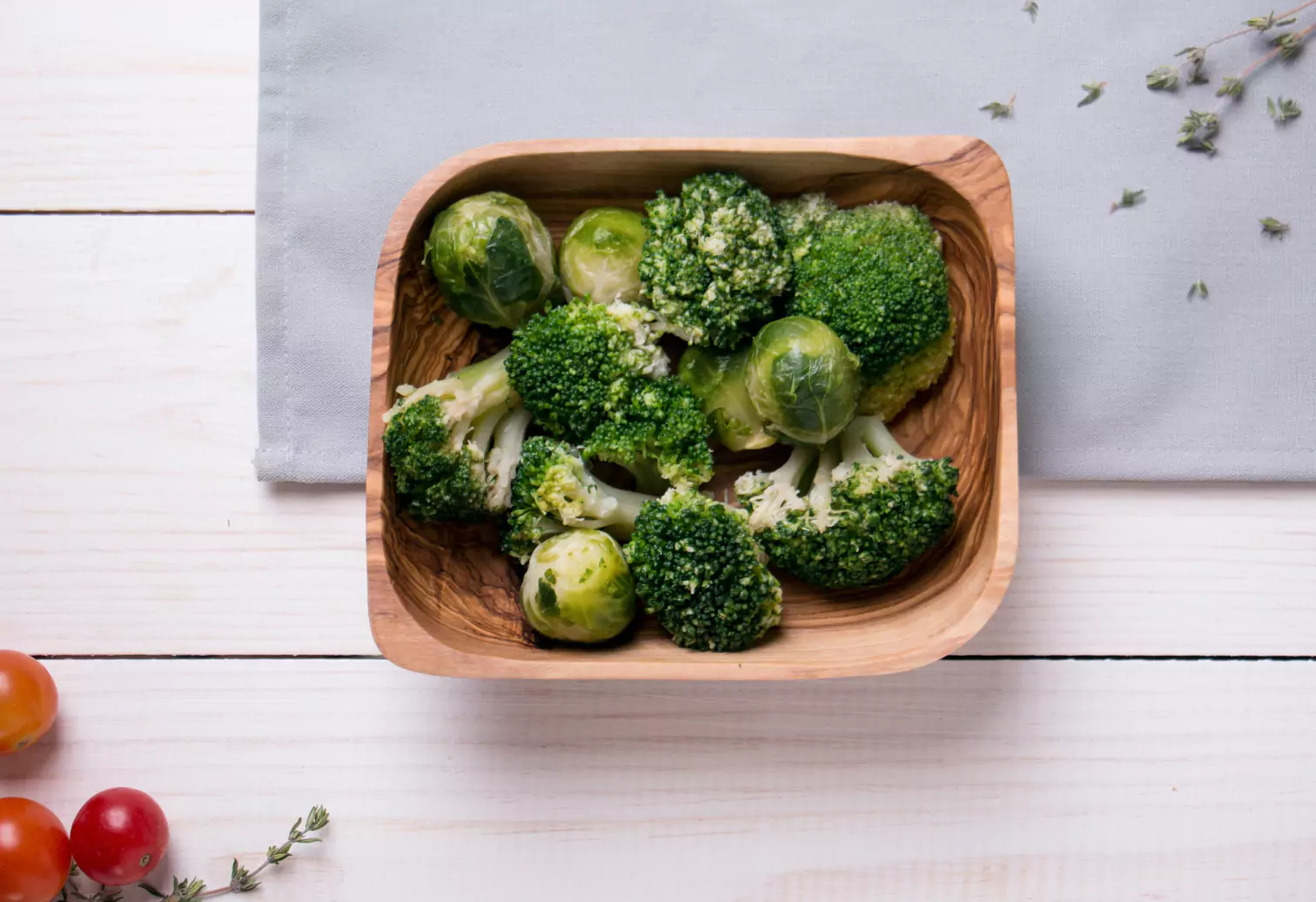
As we mentioned before, menstruation is a natural and necessary part of life. Every month, the lining of the uterus thickens in preparation for a possible pregnancy. If no pregnancy occurs, this lining is shed through the vagina. The process, known as menstruation, usually lasts between three and seven days.
For some, menstruation may be nothing more than a nuisance. But for others, it can cause severe distress or pain. Menstrual cramps, for example, are caused by the contraction of the muscles of the uterus. They can range from mild to severe and are often treated with over-the-counter medications like ibuprofen. Some women also experience bloating, mood swings, and fatigue during their menstrual cycle.
Fortunately, there are several ways to ease the discomfort of menstruation. Diets that include iron-rich foods, physical activity, relaxation techniques, and over-the-counter medication can all help to reduce the symptoms associated with menstruation.
In addition, many find that keeping a menstrual diary helps them understand and identify patterns that may help manage the symptoms. And some typical symptoms like cramps and bloating, some women also experience mood swings, fatigue, and cravings. While it’s tempting to indulge in these cravings, certain foods can help to ease period symptoms and make the week a little easier.
Best Foods for When Your Period Starts
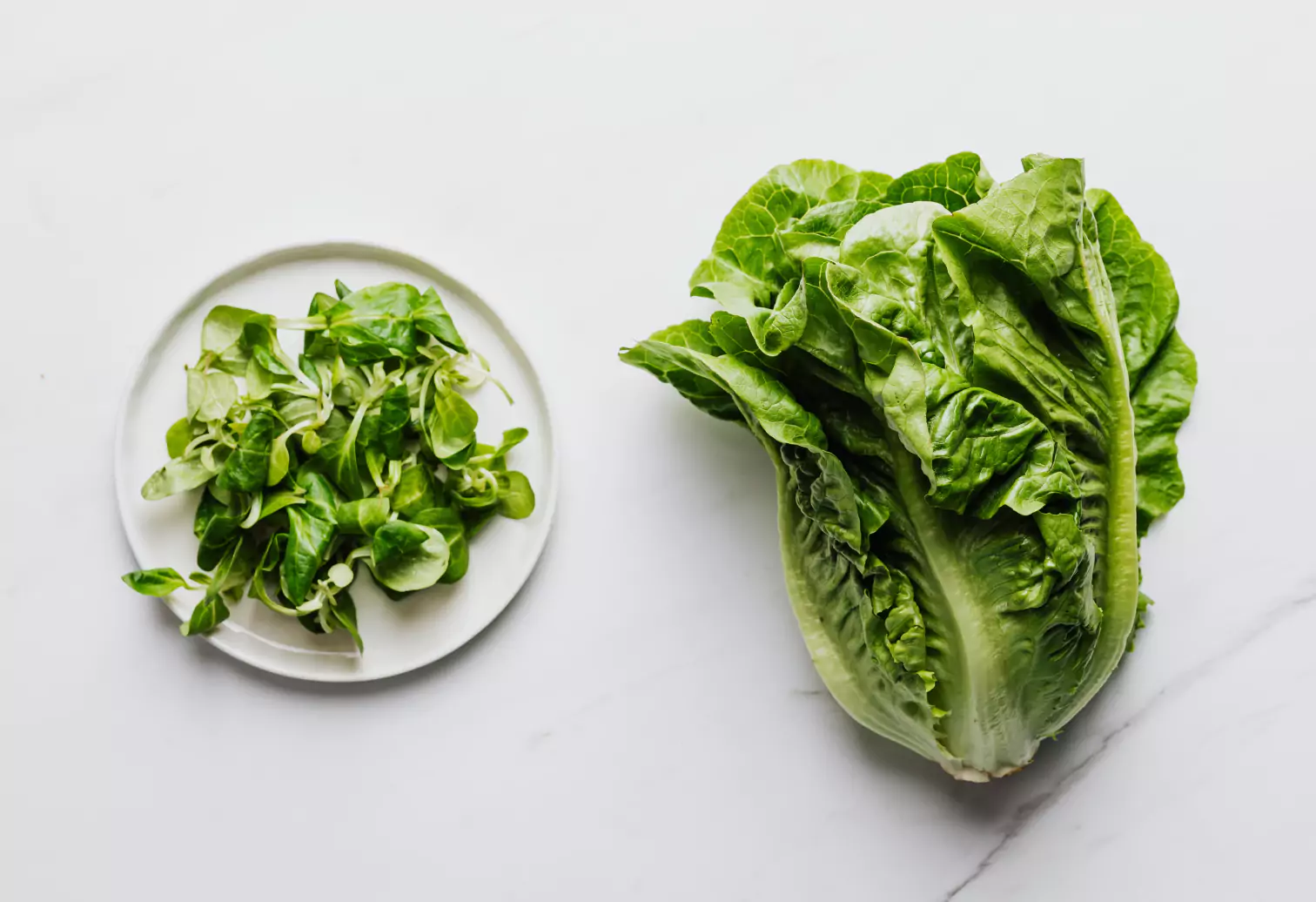
During the first few days of your period, it’s essential to eat foods that are high in iron and fiber. For many, periods can be a time of fatigue and low energy. This is partly due to the loss of iron that occurs during menstruation.
Iron helps carry oxygen in the blood, so it can lead to feelings of exhaustion when your iron levels are low. Iron helps to replenish the blood lost during menstruation, and fiber can help reduce bloating. It’s essential to avoid processed foods, caffeine, and sugar during this time of the month.
Some Good Sources of Iron
Red Meat
Red meat is an excellent source of protein and essential nutrients, including iron. When it comes to managing your period, iron is vital. During this time of the month, your body loses significant amounts of blood, and since iron is part of red blood cells, getting iron-rich foods helps replenish the loss.
You may experience fatigue, weakness, anemia, or other iron deficiency symptoms without enough iron. Red meat is an excellent source of easily absorbed iron. It's also rich in other nutrients essential for women's health, such as B vitamins and zinc.
To maintain a healthy iron level during your period, experts recommend eating foods like red meat high in this essential nutrient.
Dark Leafy Greens
For those who menstruate, leafy greens are an excellent source of iron. This is important because, during menstruation, you can lose iron through blood loss. If your body does not have enough stored iron, it may be essential to supplement your diet with iron-rich foods, like leafy greens.
Leafy greens provide a much-needed boost of iron, and they also have other nutrients that are essential for overall health. These include vitamins A, C, and K and folic acid and calcium.
Legumes
Legumes are an excellent source of iron, and they can help boost energy levels during your period. In addition, legumes are a good source of other nutrients like folic acid and fiber, which can also benefit you during your menstrual cycle.
Best Foods To Ease Fatigue
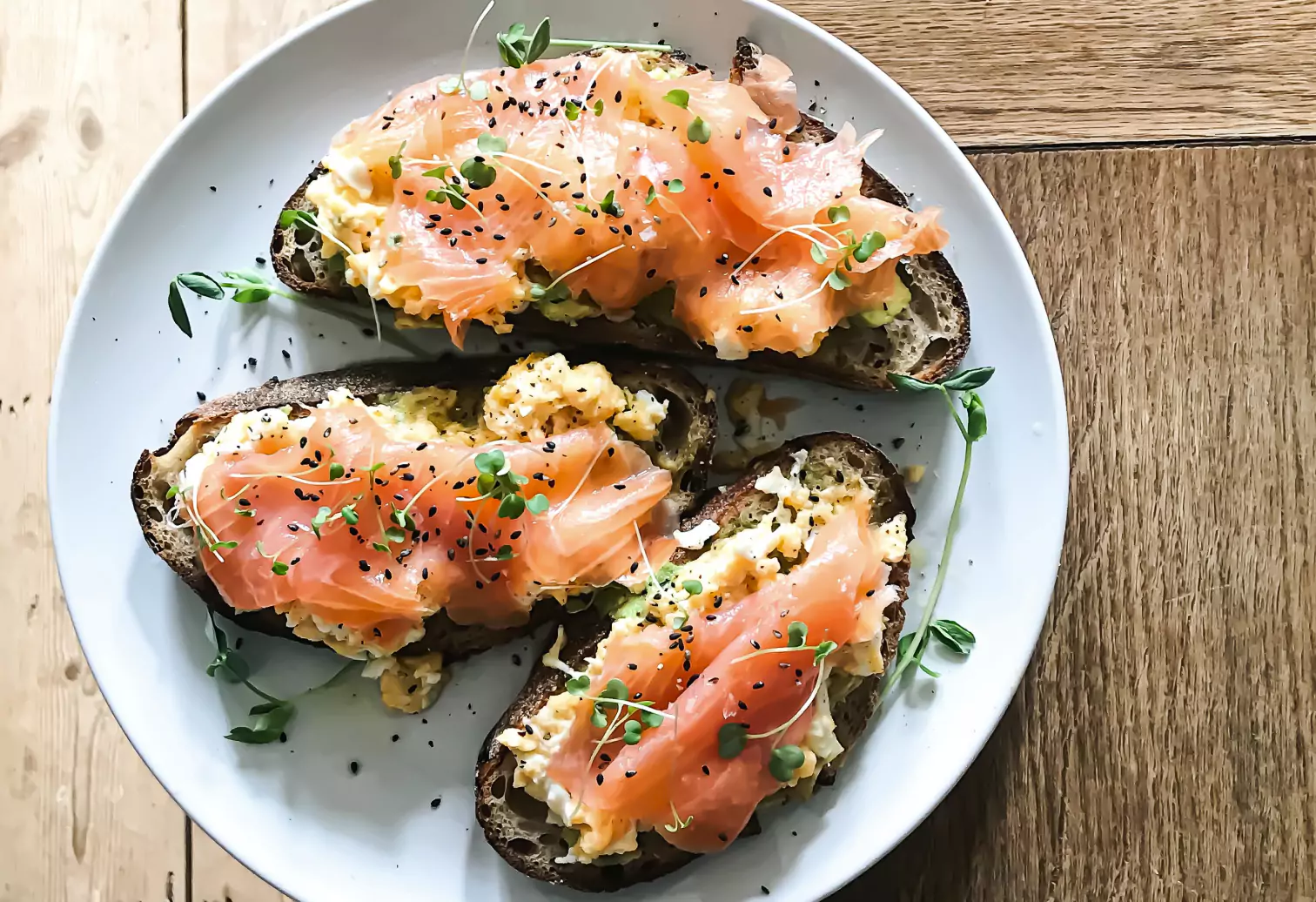
Foods high in iron can help counteract fatigue, while specific B vitamins can help reduce cramping and bloating. First, it’s important to eat regular meals and snacks to maintain consistent energy levels.
Avoid sugary foods, large amounts of carbohydrates, and sugary drinks, leading to a quick energy crash. It’s also important to stay hydrated by drinking plenty of water. Here are some ways to boost energy during your period.
Fresh Fruits
The natural sugars in fruit can help boost energy levels, and the high water content can help reduce bloating. Vitamin C in fruit helps with the absorption of iron. In addition, the nutrients in fruit can help reduce inflammation and support the production of new red blood cells.
Lean Protein
Protein helps to regulate blood sugar levels, preventing the fatigue and mood swings that are often associated with premenstrual syndrome.
Fatty Fish
Fatty fish contains omega-3 fatty acids that have anti-inflammatory properties. Fatty fish like salmon, mackerel, herring, and sardines are versatile and delicious. They're a great source of nutrients like omega-3 fatty acids.
These healthy fats have anti-inflammatory effects, which can benefit people who experience cramps and other menstrual symptoms. In addition, omega-3 fatty acids help regulate hormones and support reproductive health.
Best Foods To Ease Cramps
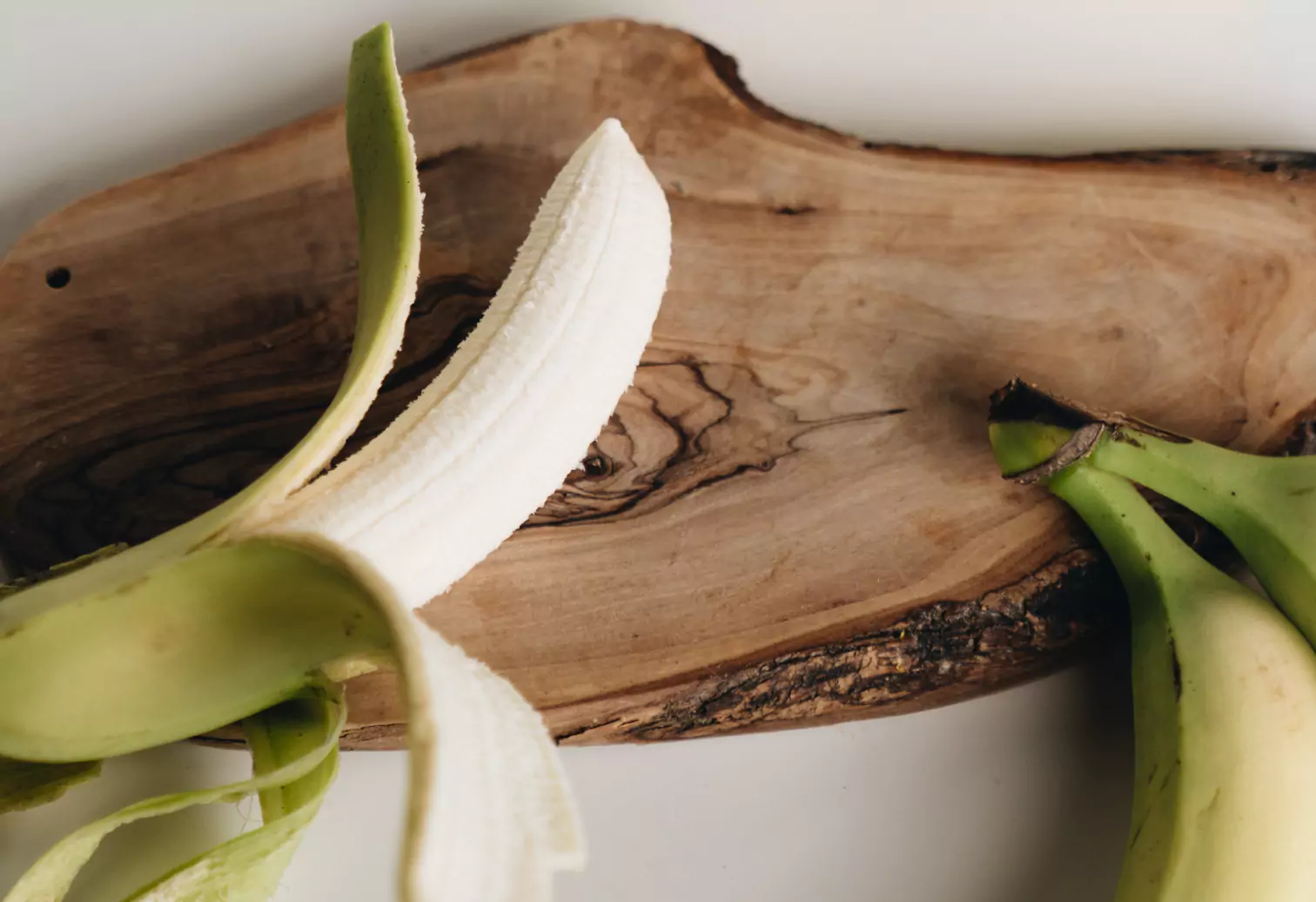
For many, cramps are a symptom before and during their period. Painful periods and menstrual cramps are a monthly reality, but you can ease some of that pain with a healthy diet. While over-the-counter medication can help relieve pain, several foods can provide period cramp relief.
Leafy Greens
Greens like spinach and kale have significant iron, which can help to combat fatigue. Dark leafy greens contain fiber and magnesium. Magnesium can help to relax muscles and ease the pain.
Cramps and bloating are often caused by an excess of salt and water in your body. By consuming fresh vegetables like leafy greens (which are naturally low in salt), you can help to flush out these excess fluids and reduce bloating.
Dark Chocolate
Dark chocolate is another source of magnesium and can help ease some of those sweet cravings you might get on your period.
Ginger
Studies have shown that ginger can be effective in reducing inflammation and pain. It has also been shown to help reduce nausea. If you're looking for a hot drink to help soothe your cramps, ginger tea is a great option.
Bananas
Bananas are high in potassium and help reduce muscle cramps and other period symptoms.
Fresh Fruit
While any type of fruit can be beneficial, some find that specific types of fruit are helpful with cramps during their period.
Oranges contain hesperidin, a flavonoid that can reduce cramping. Mangoes are rich in vitamin C, which can help to reduce inflammation and increase iron absorption.
Best Foods To Ease Bloating

Bloating is an uncomfortable but common symptom of menstruation. Fortunately, there are a few simple dietary changes that can help to ease it. First, try to avoid foods high in salt and sugar, which can cause fluid retention, which can lead to bloating. It’s also good to avoid caffeine and alcohol, as these beverages can aggravate bloating. Here are some helpful foods to add to your diet.
Yogurt
Yogurt is rich in probiotics, which are live bacteria that help to promote a healthy digestive system. In addition, yogurt can help to alleviate cramps and PMS symptoms by regulating hormone levels. Plus, the calcium in yogurt can help to reduce water retention.
Fresh Fruits
Fresh fruits are rich in fiber which will help keep your digestive system running smoothly and reduce bloating. Fresh fruit also contains high levels of water, which can help combat bloating.
Fresh Vegetables
The fiber in fresh vegetables helps bulk up the stool and reduce inflammation. Nutrients like magnesium can help to relax the muscles and relieve cramping and bloating.
The key is to eat vegetables high in fiber and nutrients, such as leafy greens, broccoli, and sweet potatoes.
Best Foods To Help Mood Swings
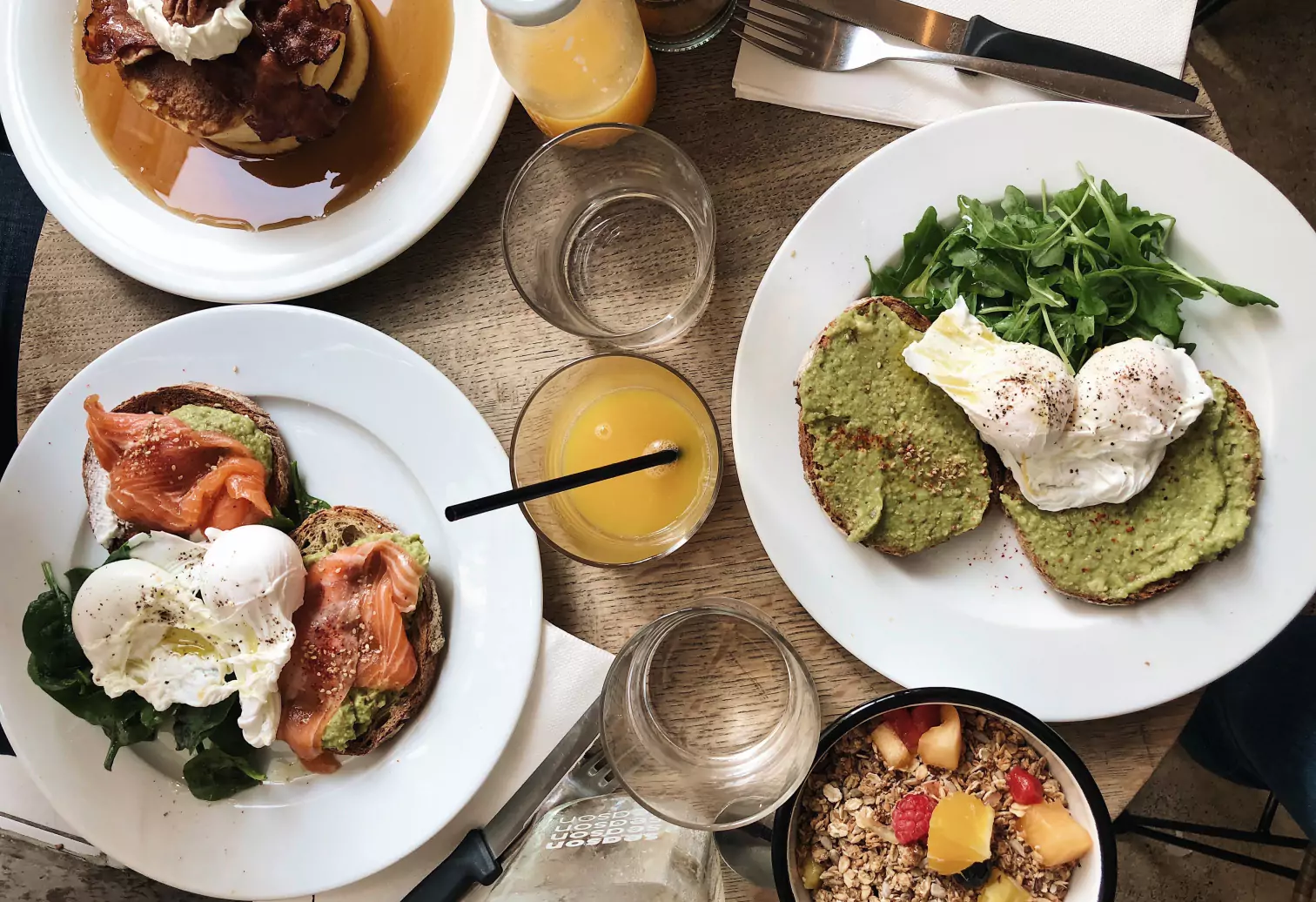
Research has shown that omega-3 fatty acids can help to reduce inflammation and improve mood. So next time you’re feeling cranky, reach for a salmon filet or a handful of walnuts. Here are some ideas.
Nuts
Nuts are a great source of healthy fats, protein, and vitamins. They can also help regulate blood sugar levels, which can help prevent mood swings.
Nuts contain tryptophan, an amino acid that has been linked to improved mood and reduced stress levels. Additionally, nuts also have magnesium, a mineral that has been shown to relieve pain and cramps.
Turkey
Tryptophan is an essential amino acid that your body cannot produce independently. You have to get it through your diet, and one of the best sources is turkey. Tryptophan helps produce serotonin, a neurotransmitter that helps regulate mood, appetite, and sleep cycles.
Serotonin is often referred to as the happy hormone because it helps to boost your mood. Research has shown that tryptophan can help relieve symptoms of depression and anxiety. It can also help to improve sleep quality and reduce stress levels.
Eggs
It's no secret that eggs are good for you—they're a great source of protein, vitamins, and minerals. And they can help relieve mood swings during your period. Egg yolks are rich in iron, which is essential for producing red blood cells.
Red blood cells carry oxygen to the body's tissues, and if you're low in iron, you may feel tired and irritable. Eggs, like turkey, are also a good source of tryptophan, the amino acid that helps produce serotonin.
{{rich-text-cta-wl1="/style-guide"}}
Tips for Overall Wellness On Your Cycle
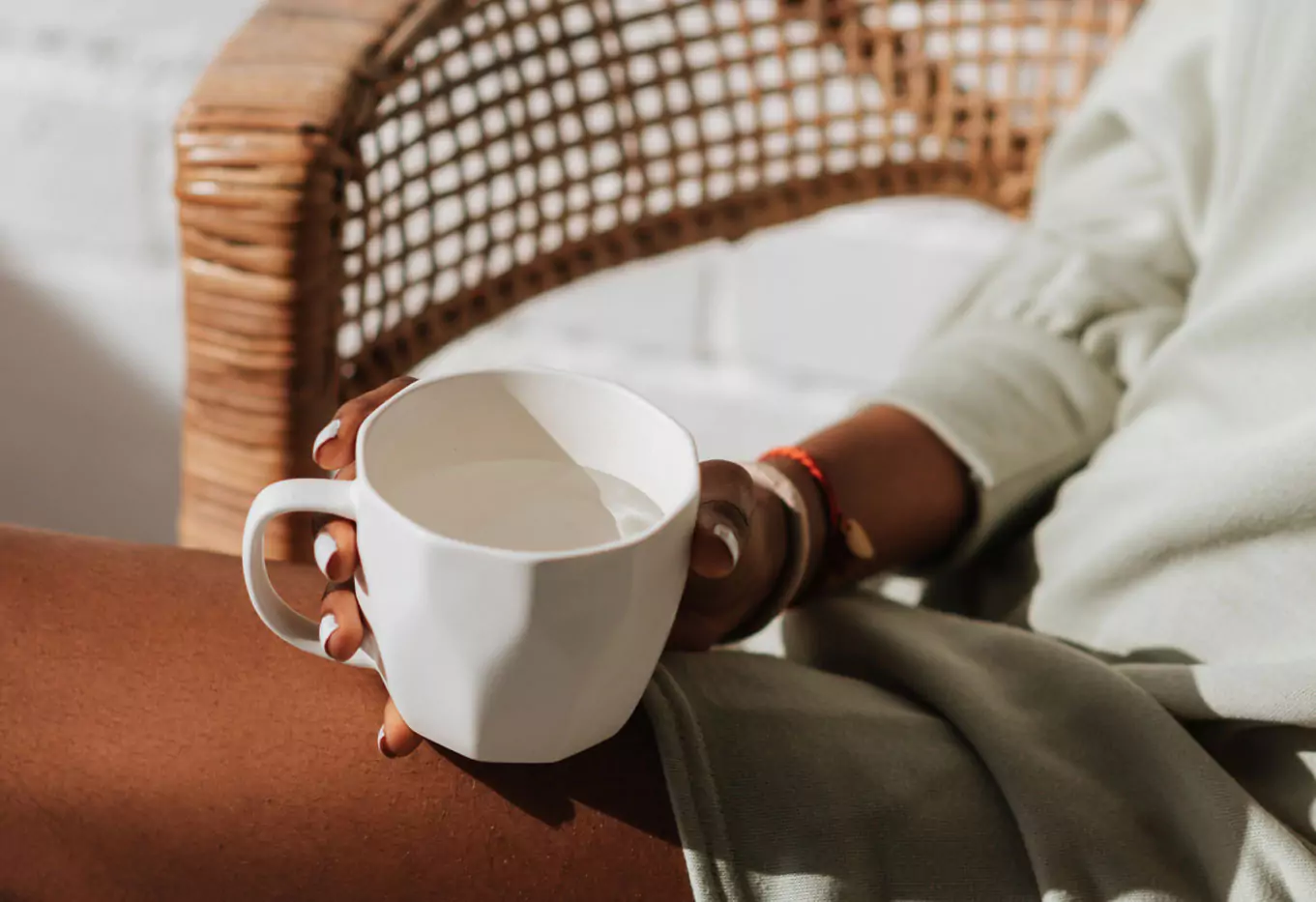
Apart from a healthy diet (remember, this will change according to what foods work best for your needs), two things can help you manage your period. Take a look at what those are and why they’re so important.
1) Proper Hydration
Staying hydrated is always a good idea for overall wellness, and more so to help you manage menstruation. Staying hydrated helps to flush out excess fluids and can also reduce cramping.
Water helps flush out toxins and reduce inflammation, which can contribute to period pain. In addition, adequate hydration is essential for digestion and preventing constipation, a common problem during menstruation.
Drinking enough water can also help fight fatigue and keep you feeling alert and energetic. Consider drinking plenty of water or herbal tea throughout the day, especially when you’re on your period.
2) Light Exercise
It can be tempting for those who experience severe discomfort before or during menstruation to curl up in bed and ride out the cramps. However, light exercise can help to ease period pain.
The endorphins released during exercise can help alleviate cramping, and improved circulation can help to reduce bloating. In addition, exercise can help to boost your mood and energy levels, both of which tend to dip during menstruation.
Even a short walk around the block can make a big difference. Go for a brief stroll, or take a quick walk around your living room the next time you feel the onset of period cramps.
Find the right Nutrisense programto turn insight into progress.
Go Beyond Glucose Data with Nutrisense
Your glucose can significantly impact how your body feels and functions. That’s why stable levels are an important factor in supporting overall wellbeing. But viewing glucose isn't enough. Nutrisense, you’ll be able to learn how to use your body's data to make informed lifestyle choices that support healthy living.
One-to-one coaching
Sign up to access insurance-covered video calls to work with a glucose expert: a personal registered dietitian or certified nutritionist who will help tailor your lifestyle and diet to your goals.
Monitor and measure what matters
With the Nutrisense CGM Program, you can monitor your glucose with health tech like glucose biosensors and continuous glucose monitor (CGM)s, and analyze the trends over time with the Nutrisense App. This will help you make the most informed choices about the foods you consume and their impact on your health.
Find your best fit
Ready to take the first step? Start with our quiz to find the right Nutrisense program to help you take control.

Katie is a dietitian at Nutrisense. With over 11 years of experience as a dietitian in many areas of nutrition, Katie has worked as a clinical dietitian within a hospital, as well as in the fields of diabetes, sports and performance nutrition, recovery from addiction, and general wellness. She’s also an athlete and has run 8 marathons, including the Boston Marathon.




